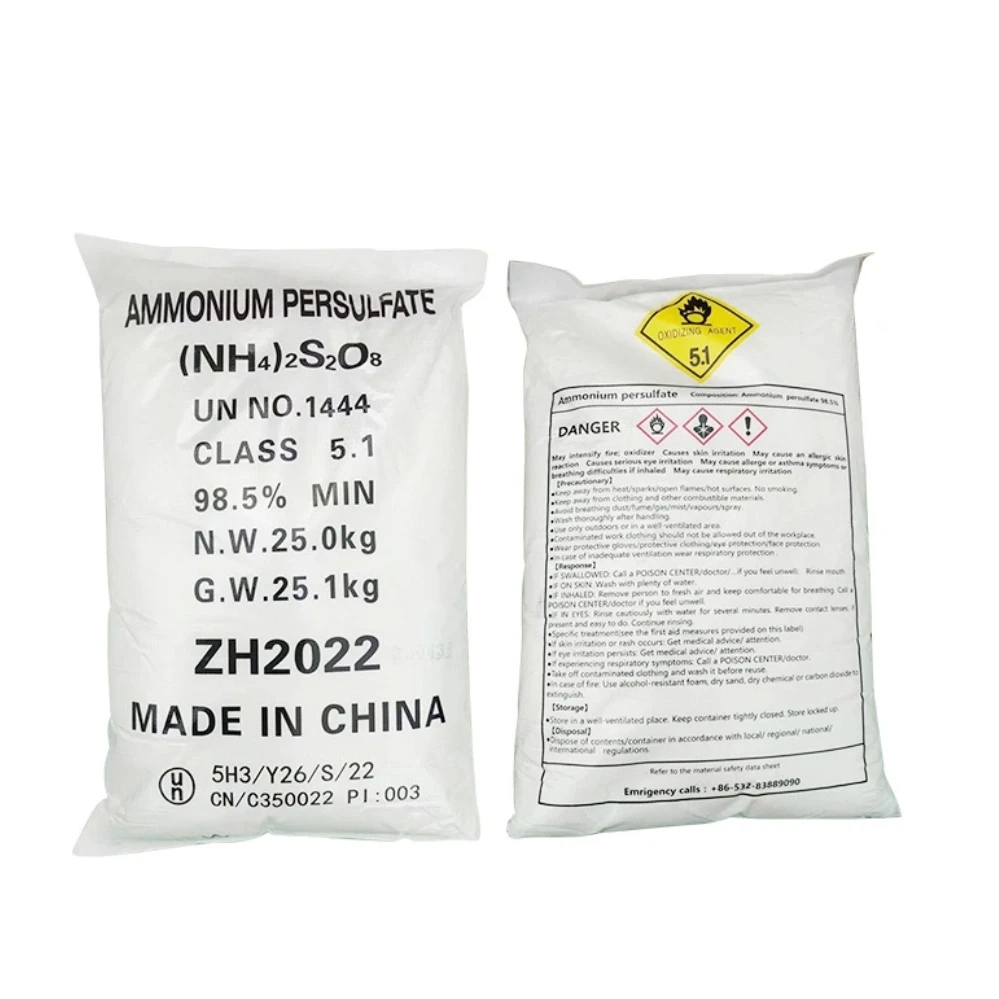



Exploring the Applications and Benefits of Polyacrylamide in Modern Technologies
The Role of Polyacrylamide in Modern Applications
Polyacrylamide, a synthetic polymer derived from acrylamide, has gained immense significance in various fields ranging from environmental science to biomedical applications. With its versatile properties, polyacrylamide serves as a crucial material in processes requiring water retention, flocculation, and gel formation. Understanding the characteristics and applications of polyacrylamide can provide insights into its growing use in modern technology and industry.
Structure and Properties
Polyacrylamide is composed of repeating units of acrylamide, which can exist in both linear and cross-linked forms. The linear form is water-soluble, while the cross-linked variant can form hydrogels, which are crucial in applications requiring structural integrity and viscosity. One of the most appealing properties of polyacrylamide is its ability to retain large amounts of water, making it indispensable in agricultural practices, particularly in arid regions. By enhancing soil moisture retention, polyacrylamide helps improve crop productivity and sustainability.
Furthermore, polyacrylamide exhibits excellent biocompatibility and non-toxicity when properly synthesized, making it suitable for various biomedical uses. Its ability to form hydrogels has paved the way for its application in drug delivery systems, tissue engineering, and wound care management. The tunable properties of polyacrylamide hydrogels allow researchers to modify their stiffness, porosity, and degradation rate, customizing them for specific medical applications.
Environmental Applications
One of the most significant contributions of polyacrylamide is its use in wastewater treatment. As a flocculant, polyacrylamide assists in the aggregation of suspended particles, enhancing the efficiency of sedimentation processes. This is particularly beneficial in industries such as mining, oil and gas, and food processing, where large volumes of wastewater are generated. The use of polyacrylamide in these processes not only improves water clarity but also reduces the environmental footprint by minimizing the discharge of pollutants into aquatic ecosystems.
polyacrylamide p3

In recent years, there has been an increasing focus on the environmental impact of polyacrylamide, particularly concerning potential toxicity to aquatic life. Research has been directed towards developing biodegradable alternatives to traditional polyacrylamide, contributing to the growing field of sustainable materials. By making informed choices about the type of polyacrylamide used in industrial processes, companies can balance operational efficiency with environmental responsibility.
Agricultural Uses
In agriculture, polyacrylamide's role extends beyond water retention. It is often used in soil amendments to prevent erosion, improve soil structure, and promote root growth. When incorporated into the soil, polyacrylamide can enhance nutrient delivery, resulting in improved crop yields. Moreover, it facilitates better irrigation practices by reducing water loss through evaporation and runoff. As global food security becomes an increasing concern, the application of polyacrylamide in sustainable farming practices is likely to expand.
Biomedical Innovations
Advancements in biomedical research have seen polyacrylamide utilized in innovative ways. Its hydrophilic nature and ability to support cell adhesion make it an excellent candidate for creating scaffolds in tissue engineering. Additionally, polyacrylamide's properties enable it to serve as a controlled release vehicle for therapeutic agents, providing targeted treatment options in regenerative medicine. These applications highlight the importance of polyacrylamide as a versatile polymer capable of addressing complex challenges in healthcare.
Conclusion
Polyacrylamide stands as a testament to the intersection of chemistry and practical application. Its unique properties enable it to play a vital role in various sectors including environmental management, agriculture, and biomedicine. As research continues to evolve and the demand for sustainable solutions grows, polyacrylamide will likely adapt and find new roles that not only enhance its functionality but also minimize its environmental impact. Emphasizing responsible use and innovation in polyacrylamide applications will be crucial in harnessing its full potential while safeguarding our ecosystems for future generations.
-
Why Sodium Persulfate Is Everywhere NowNewsJul.07,2025
-
Why Polyacrylamide Is in High DemandNewsJul.07,2025
-
Understanding Paint Chemicals and Their ApplicationsNewsJul.07,2025
-
Smart Use Of Mining ChemicalsNewsJul.07,2025
-
Practical Uses of Potassium MonopersulfateNewsJul.07,2025
-
Agrochemicals In Real FarmingNewsJul.07,2025
-
Sodium Chlorite Hot UsesNewsJul.01,2025










